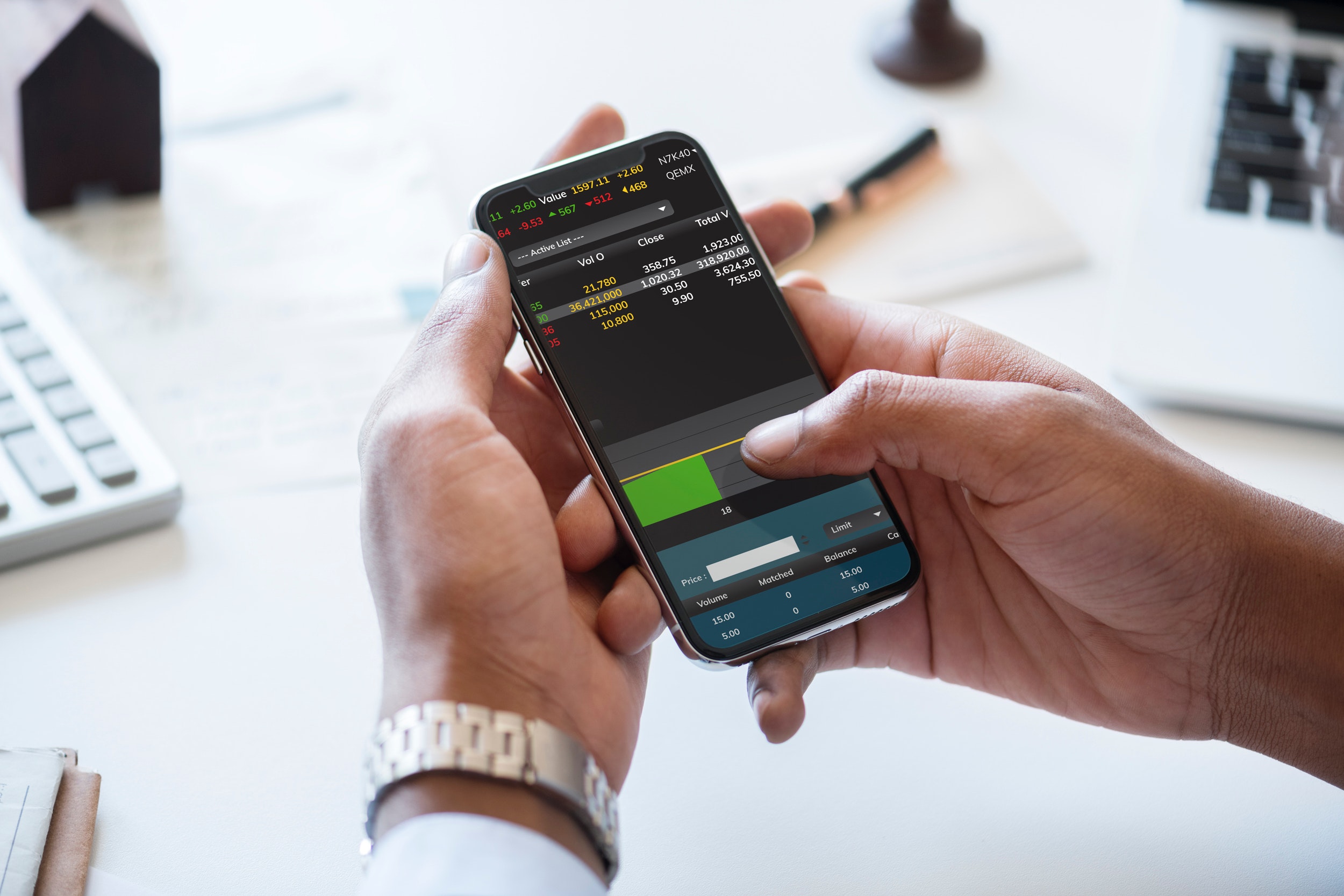
It’s a fact: smartphones are the way most people browse the web, and in fact, desktop/laptop computers are steadily declining in popularity. Since 2015, the number of users who only use a desktop or laptop computer decreased by about 40%, while the number of users who only use a smartphone to access the internet increased by about the same percentage — now, there are about four times as many smartphone-only users as computer-only.
Furthermore, the processing power of a modern smartphone now rivals that of desktop/laptop computers. For example, the Google Pixel 2 smartphone features a 2.35 Ghz processor and 4 GB of RAM — that’s more processing power than a brand-new Dell Inspiron laptop, which features the same amount of RAM but a slower processor.
Pretty nuts, you might be thinking, but what does that have to do with marketing, exactly?
Well, as more and more users turn to smartphones as their primary tool for accessing the internet, and the technology within these smartphones improves, expectations for the “mobile internet” experience grow higher and higher. Even just a few short years ago, it came as a pleasant surprise when you loaded up a website on your smartphone and found that the content was actually legible and usable. Today, that’s the bare-minimum expectation. Now, users expect an experience that’s tailored to their smartphone, with content, features, and functions designed for a smartphone-sized screen and optimized for tapping, scrolling, and “pinching.”
And as smartphones become faster and faster (as illustrated in the Google Pixel 2 example), users expect websites they visit to keep up. In previous blogs, we’ve mentioned Google’s PageSpeed Insights tool. You’ll notice that this tool provides separate reports for mobile and desktop performance. If the desktop version of the report looks great, it can be easy to shrug off warnings about the mobile version — but really, your priorities should be the other way around.
What does all this mean for your business? First of all, take a look at your website on a mobile device. Try using different features, navigating to different pages, et cetera. Try to put yourself in the shoes of a user who is visiting your website for the first time, and consider whether they’d find it convenient, frustrating, or “ho-hum.” Determine what works well and what doesn’t, and get a plan in place for making any necessary adjustments. Going forward, ensure that any new content added to the website looks great on a mobile device. Pay particular attention to things like images, tables / charts, and embedded media — these types of content often look great on a desktop computer but become highly skewed on a smartphone screen.
Depending on the age of your website, it may be necessary to consider a full website redesign. While this kind of investment may seem intimidating, the potential rewards make it more than worthwhile: conversion rates for smartphone users are up 64% compared to desktop users, and about half of all online sales revenue is generated via smartphones. A new, mobile-responsive website could help double your online sales revenue!
Whatever the state of your current website, we’d love to do whatever we can to ensure it’s ready for the “smartphone age.” Drop us a line today!





